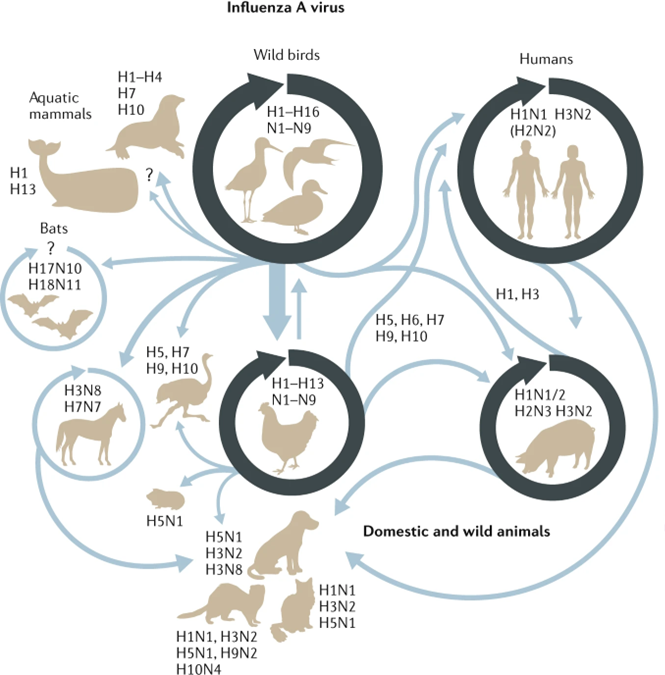Just spotted: very small cluster of variant associated with Southern Africa with very long branch length and really awful Spike mutation profile including RBD - K417N, N440K, G446S, S477N, T478K, E484A, Q493K, G496S, Q498R, N501Y, Y505H
github.com/cov-lineages/p…
github.com/cov-lineages/p…
Full Spike profile: A67V, Δ69-70, T95I, G142D/Δ143-145, Δ211/L212I, ins214EPE, G339D, S371L, S373P, S375F, K417N, N440K, G446S, S477N, T478K, E484A, Q493K, G496S, Q498R, N501Y, Y505H, T547K, D614G, H655Y, N679K, P681H, N764K, D796Y, N856K, Q954H, N969K, L981F
For those interested this has an NTD insertion at the NTD insertion hotspot (at aa214) which shows high likelihood of being host-derived (from host TMEM245 mRNA) 

Worth emphasising this is at super low numbers right now in a region of Africa that is fairly well sampled, however it very very much should be monitored due to that horrific spike profile (would take a guess that this would be worse antigenically than nearly anything else about)
for this interested in the relevence/prevenece of similar insertions in SARS2 we wrote a short report on this a few months ago: virological.org/t/putative-hos…
A final observation - this variant contains not one, but two furin cleavage site mutations - P681H (seen in Alpha, Mu, some Gamma, B.1.1.318) combined with N679K (seen in C.1.2 amongst others) - this is the first time I've seen two of these mutations in a single variant...
Small update: this lineage has now been assigned as B.1.1.529:
github.com/cov-lineages/p…
github.com/cov-lineages/p…
Update on South African situation from @Tuliodna (Who is absolutely the best person to follow for updates on this) - bottom line is B.1.1.529 may already be quite widespread in SA.
https://twitter.com/Newzroom405/status/1463838347051384837
*Q493R - rather, not Q493K
• • •
Missing some Tweet in this thread? You can try to
force a refresh









